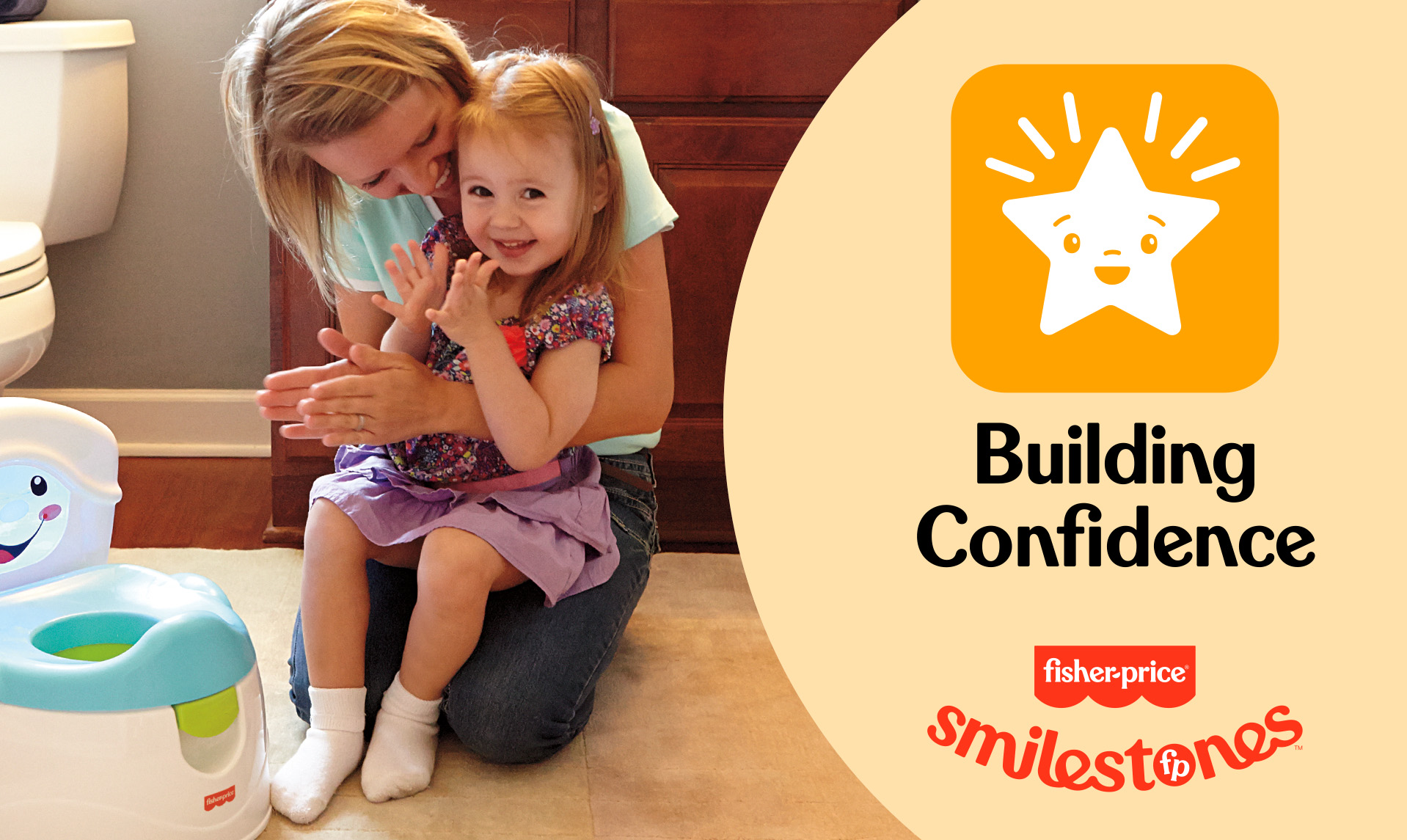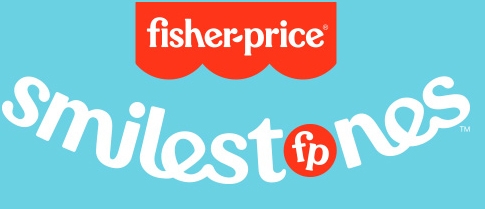Ready for Potty Training? Helpful Tips from a Childhood Development Expert
May 26, 2023

If you’ve found this, you’re probably dreaming about not having to change another diaper ever again. You’ve probably also heard all sorts of advice about potty training – whether you wanted it or not. Truthfully, potty training is a process and does require some planning, so you’re in the right place.
You might be asking yourself, what’s the first step? What do you need? Is my little one even ready to start potty training? Am I ready?? I have a few tips that should help clear up those questions and even give you a few takeaways that you might not have thought of – all to help make the transition from diaper to big-kid undies much easier.

Ready to potty?
There are a couple of ways to determine if your toddler is ready to start potty training. The average age is anywhere between 1 ½ - 3 years old. Of course, that is the average, but every child has their own timeline. But you might also want to consider whether it’s the right time for your family. This may not seem like it would factor into your decision, but if you toss potty training into an already hectic time, your toddler may begin to associate it with a sense of being out of control rather than one of confidence.
I recommend waiting to potty train if you’re moving into a new home or school, welcoming a new sibling to the family or any major disruption to your normal routine. Let things settle down for a couple of months, and then introduce potty training.
Sometimes your toddler is showing you they’re ready with these signs:
- They stay dry for an hour or two.
- They give a “look,” grunt or say they have to go.
- They’re interested in staying clean and dry.
- They can understand and follow simple instructions.
- They like wearing training pants instead of diapers.
- They can handle some simple dressing on their own.
- They are curious about bathroom habits.
Put me in, coach!
I know it’s so easy to feel anxious during this process. Potty training tests our patience and there is all this pressure to have our kids get trained quickly and with minimal incidents. But if you’re anxious, it’s likely your little one will feel anxious too. Just remember – this is a journey, not a race. And, of course, along that journey there will be accidents. This is a brand-new skill that can take a long time to completely master. It can be tough to keep your cool; but take a few deep breaths and remember that your encouragement, consistency, and praise will not only help your kiddo reach this huge milestone but build their confidence as well.
Practice, practice, practice.
It takes lots of self-awareness and practice for your toddler during potty training. They have to make the connection between the urge to go and going on the potty instead of in their diaper. To help them, you, their coach, need to be consistent about the process.
It helps to add potty time to your normal routine – sit on the potty when they wake up or during your bedtime routine for example. Don’t flip flop between putting them in a diaper if you’re out and about and then going back to pull-ups at home – this creates an inconsistency for your kiddo. Practicing potty time outside of home helps keep them on track. A travel potty for the car helps with this.

Potty training: the basics
Here are a few tips for when it’s time to prep and gather supplies:

1. Early introductions.
Get a potty before you start training, so your child gets used to having it around.

2. Build excitement.
Let your child pick out their own potty in a theme and style that excites them!

3. Give it a dry run.
At first, it’s okay to let your toddler sit on the potty and get a feel for it with their clothes on, but reinforce that when it’s time to really go potty, they’ll use it just how you do.

4. Double time.
Use the mini potty in the bathroom and have your child practice going when you go.

5. Fast-action outfits.
When you’ve gotta go, you’ve gotta go, so be sure to dress your child in clothes that they can get out of quickly.
Surprising potty training tips
From experience, I would suggest these next few tips to help keep the potty training adventure less stressful for you and for your toddler:




Parent check-in
How are you feeling? Are you ready to get started or are you reconsidering?
This milestone can feel pretty daunting, but it’s also very rewarding. When your little one comes to you, so proud and excited that they’ve used the potty it’s such a wonderful feeling.
Just keep reminding yourself – kids don’t go to high school still wearing diapers, eventually they catch on. Expect some messes and some take-a-deep-breath moments, even laugh a little bit. At the end of the day, you’re instilling in your little one confidence and independence – and that’s something to celebrate!
Gentle reminder: If you ever have concerns about your child’s development, trust your gut and reach out to your pediatrician.”

Bringing a smile to milestones.
Say hello to happier parenting. We’re here to help you celebrate the little victories, let go of expectations, and pick up more positivity. Because after more than 90 years of helping families, we’ve learned that development happens naturally when fun leads the way.
Learn More









































